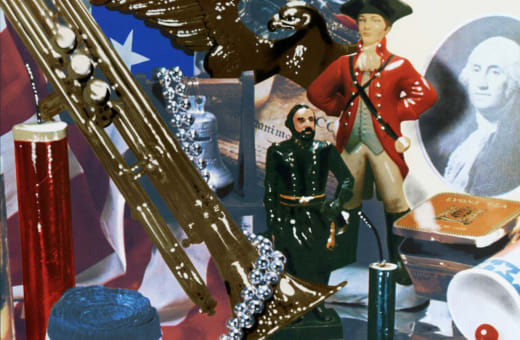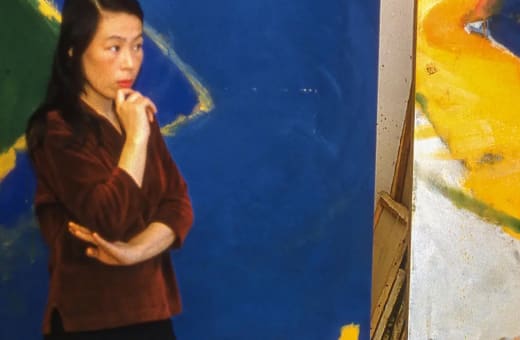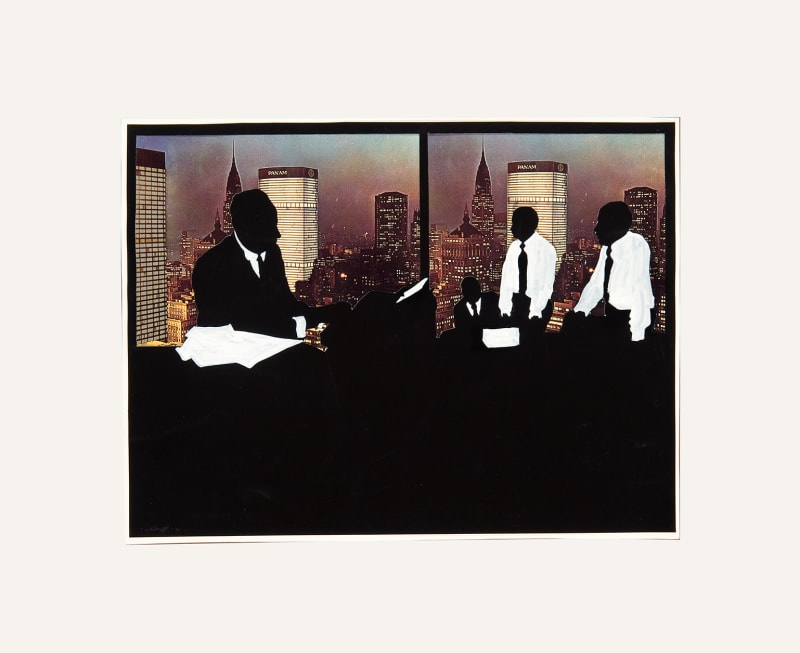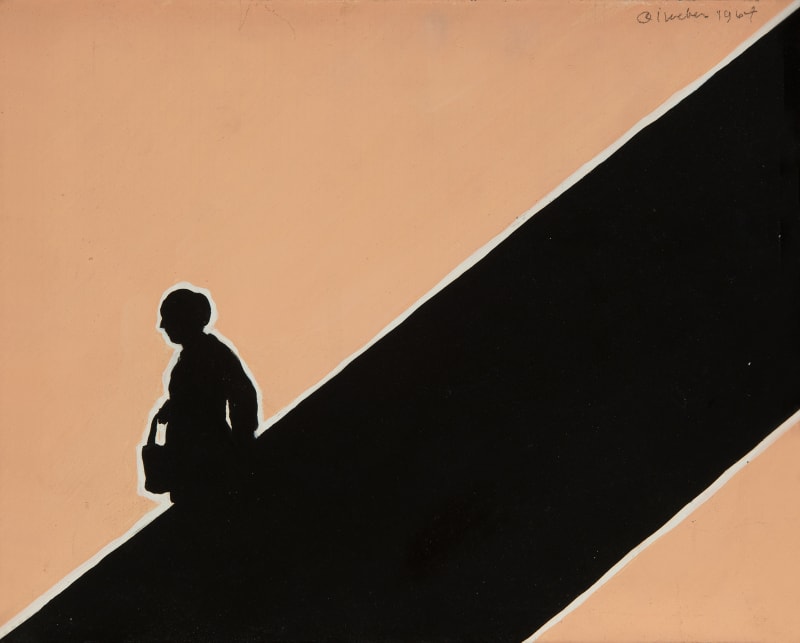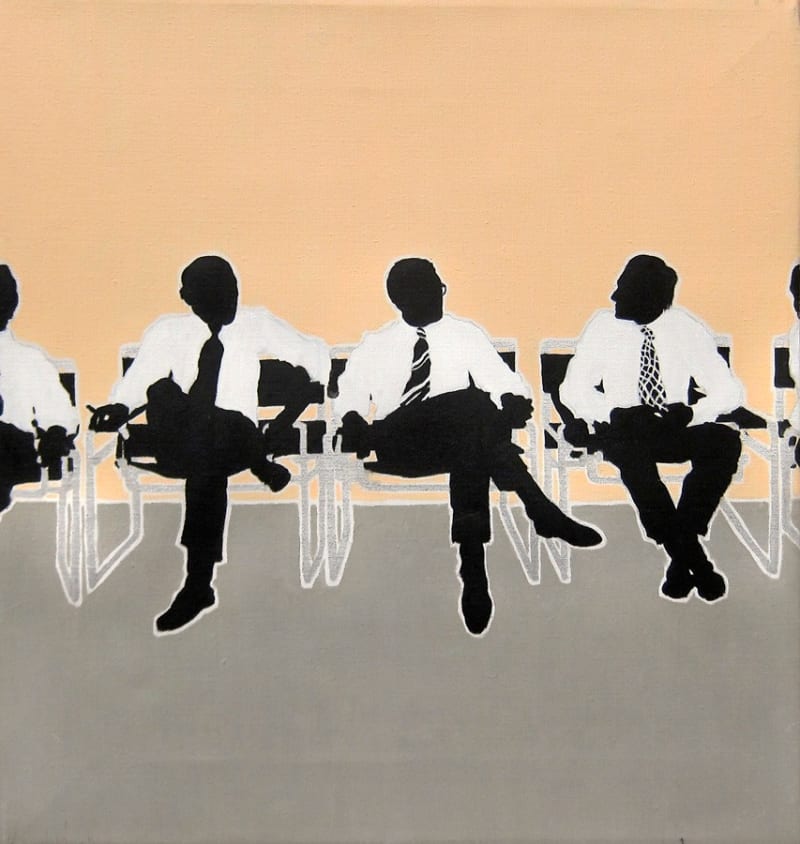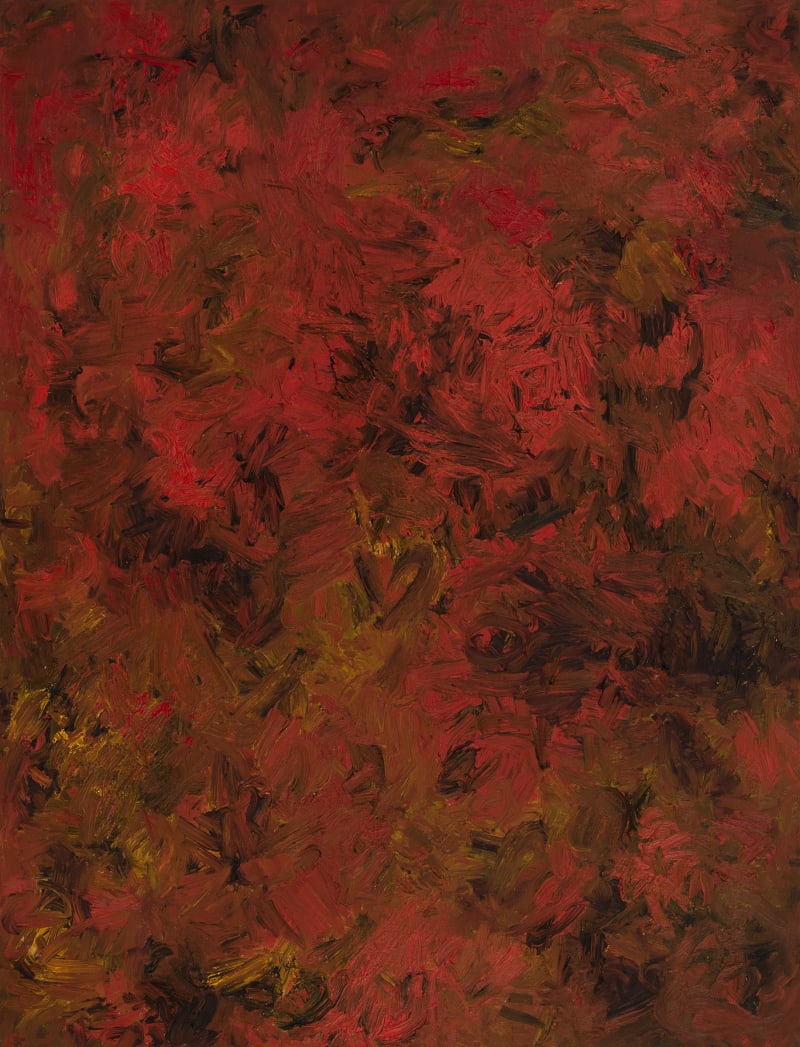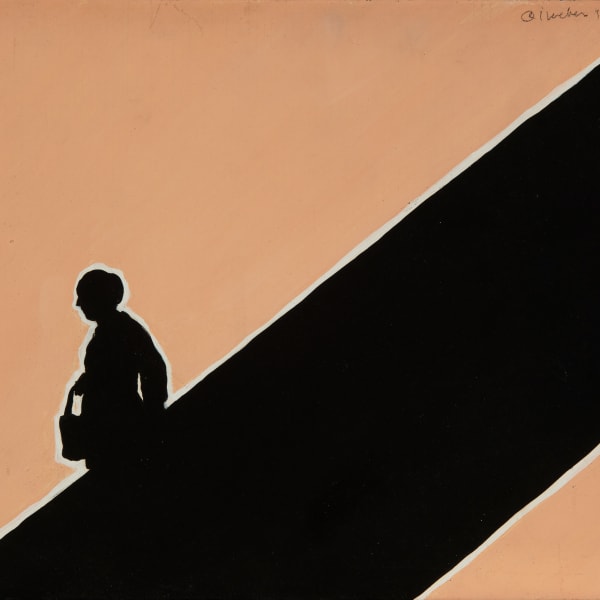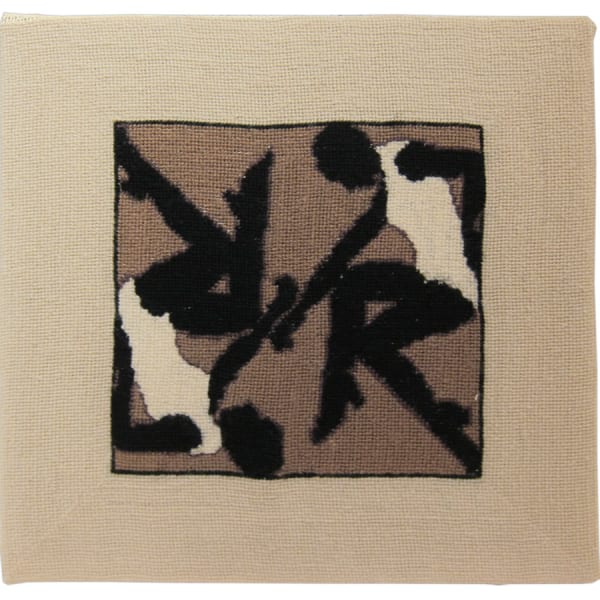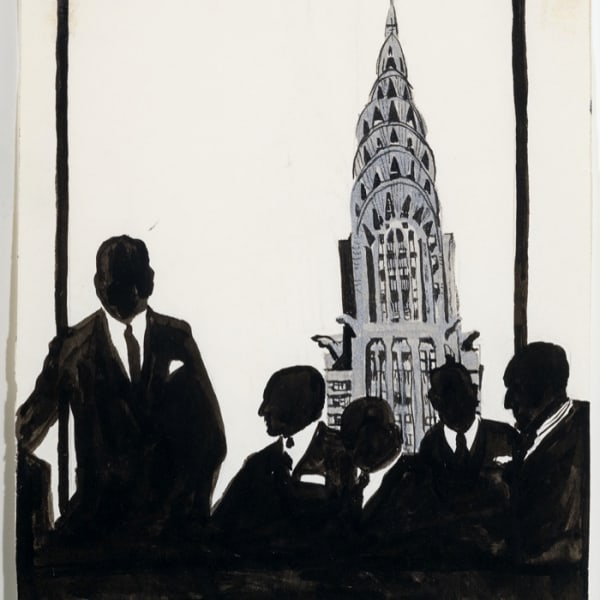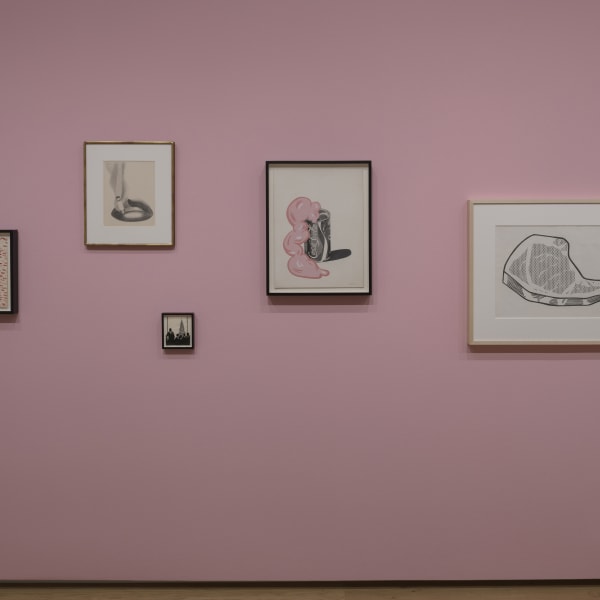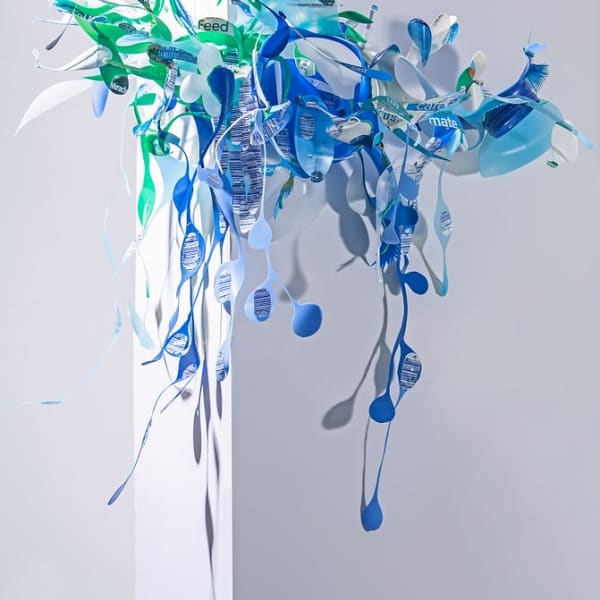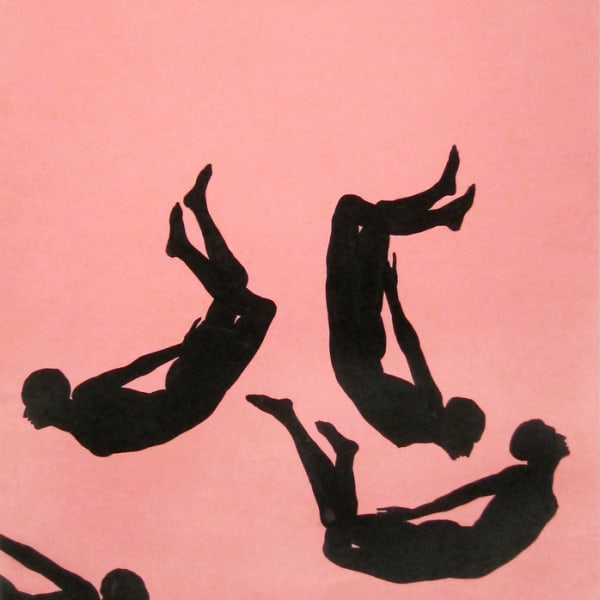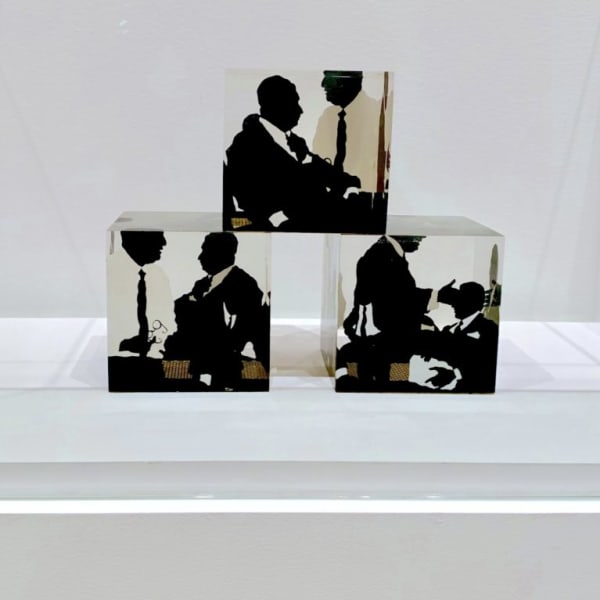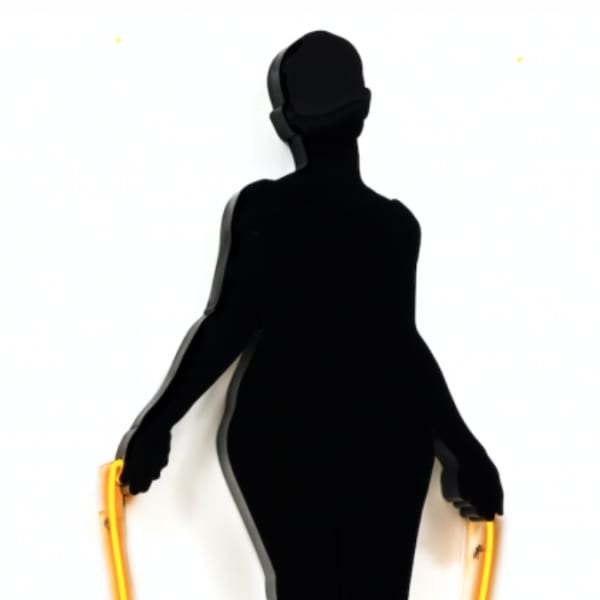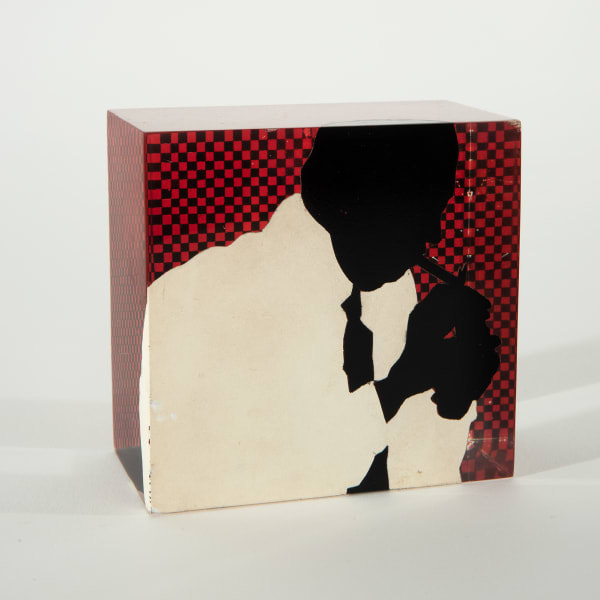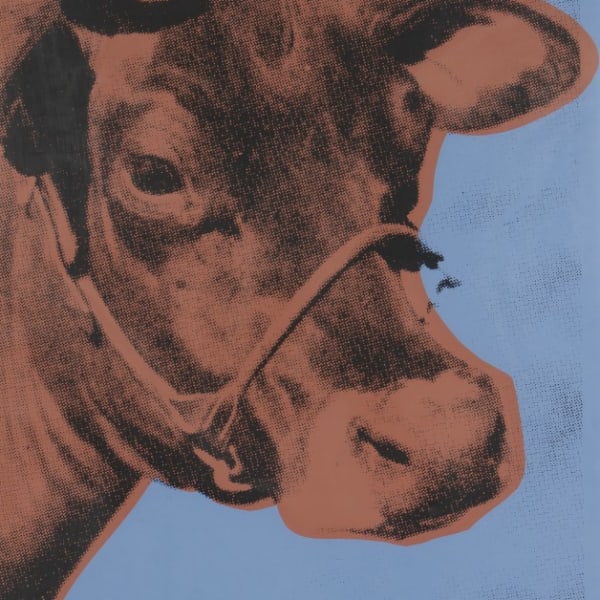Idelle Weber
Latest news

Dallas Art Fair offers first test of collectors’ appetites amid Trump’s trade war
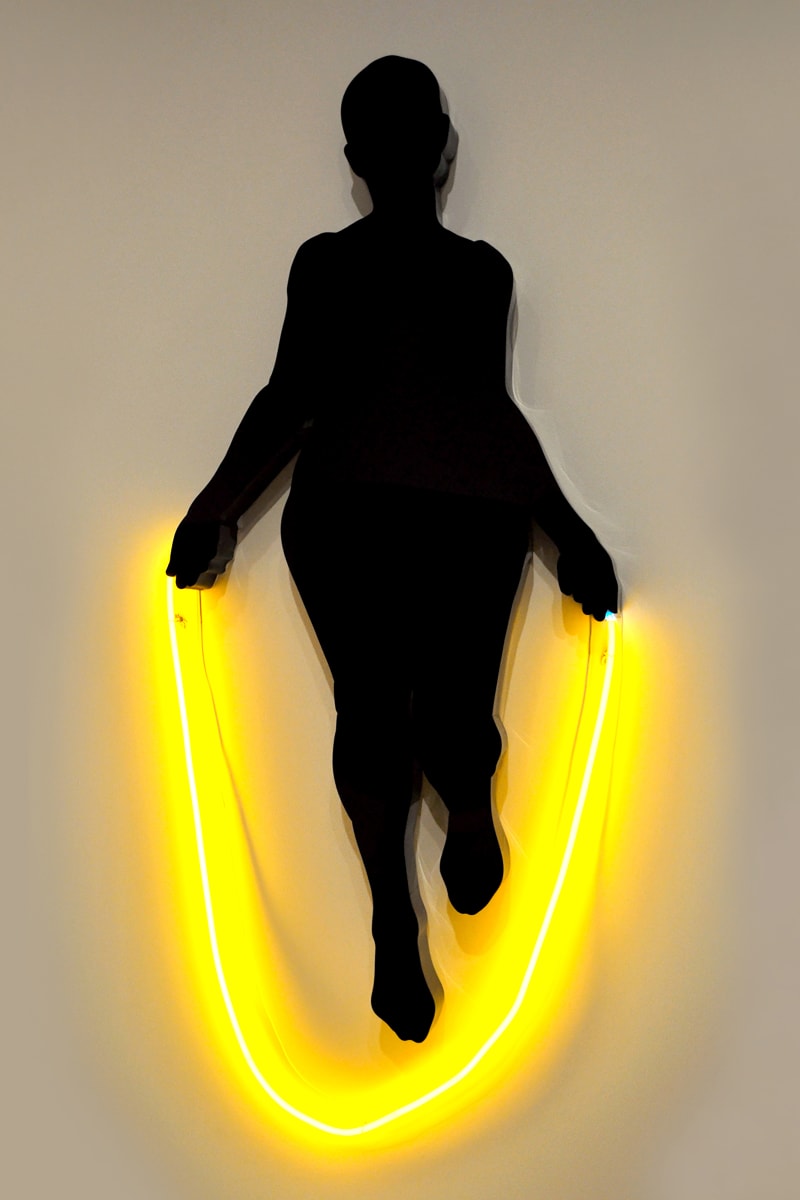
Idelle Weber - Idelle Weber

By rendering the figures anonymous, the artist makes them universal: a viewer could occupy any of these roles.
In the late 1950s, Idelle Weber created the first iteration of the silhouette paintings that would become central to her work of the next decade. In 1958, she studied at the Art Students League with Theodoros Stamos and Ralph Humphries, and her first silhouettes developed from her work there. By the early 1960s, she was firmly involved with New York’s progressive art world, and she was represented by Bertha Schaefer. During this period, Weber began creating hard-edged silhouettes of people, placed over backgrounds that were by turns planes of color or, more frequently, patterned with flat grids or other designs.
In the late 1950s, Idelle Weber created the first iteration of the silhouette paintings that would become central to her work of the next decade. In 1958, she studied at the Art Students League with Theodoros Stamos and Ralph Humphries, and her first silhouettes developed from her work there. By the early 1960s, she was firmly involved with New York’s progressive art world, and she was represented by Bertha Schaefer. During this period, Weber began creating hard-edged silhouettes of people, placed over backgrounds that were by turns planes of color or, more frequently, patterned with flat grids or other designs.
The silhouettes depict types—businessmen, office workers, couples, brides, families—in quotidian activities. By rendering the figures anonymous, the artist makes them universal: a viewer could occupy any of these roles. At the same time, the archetypal quality of the forms suggests standardization or commercialization, an implication underscored by the crisp outlines and broad forms that resemble advertisements. In these silhouette paintings, the artist leaves her intentions ambiguous. Whether critique or celebration of American culture, they offer a graphic appeal that reflects her Pop milieu.
A Chicago native, Weber was raised there and in Beverly Hills. As a teenager, she won a Scholastic Art Award, among other regional competitions, and she pursued art while a student at Scripps College and UCLA; her instructors included Millard Sheets and Stanton Macdonald-Wright. Weber taught briefly in Los Angeles before moving to New York in 1957 at age 25. That year, a drawing was included in the Museum of Modern Art’s “Recent Drawings U.S.A.”—Gertrude Mellon bought the piece from the show.
By the early 1960s, her work was exhibited widely at venues including the Pennsylvania Academy of the Fine Arts, the American Federation of Arts, and the Dwan Gallery. Schaefer began showing her silhouette paintings in 1962, and the following year, the Albright-Knox Art Gallery purchased a piece. Later in the 1960s, Weber began working with Plexiglass to create wall sculptures in three dimensions.
In the 1970s, she shifted her focus to include representational paintings of New York City fruit stands and litter, finding inspiration in detritus. Drawing from everyday subjects shifted direction in the following decade; Weber worked on images of foliage, flowers, pebbles, and other natural subjects. Her work is included in public collections including the Metropolitan Museum of Art, the Art Institute of Chicago, the Harvard Art Museums, and the Brooklyn Museums, among many others. Weber passed away on March 23, 2020 at the age of 88.
Works


Exhibitions
1 / 8News
1 / 6
Why Secondary Market Galleries Appeal to New and Established Collectors Alike

In Dishes and Dolls, a Foundation of Feminist Art

Editors’ Picks

Idelle Weber and Aurora Robson’s Environmental Works at Hollis Taggart
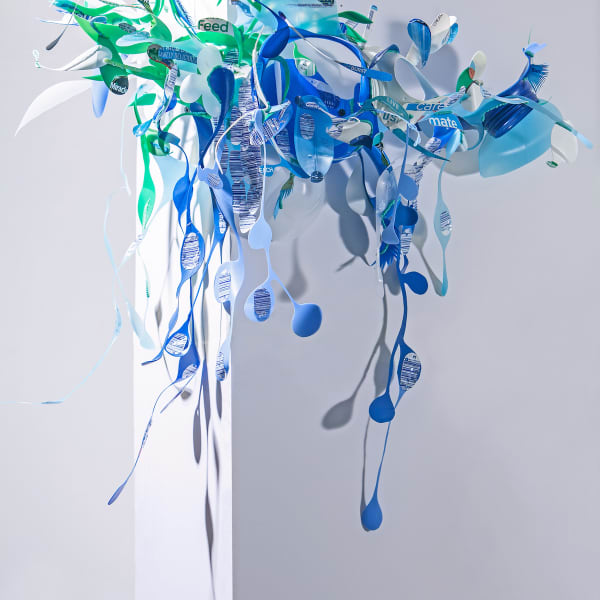

Idelle Weber, Who Stretched the Meaning of Pop Art, Dies at 88


American Pop Artist Idelle Weber, Known for Her Striking Depictions of Corporate Banality, Has Died at Age 88
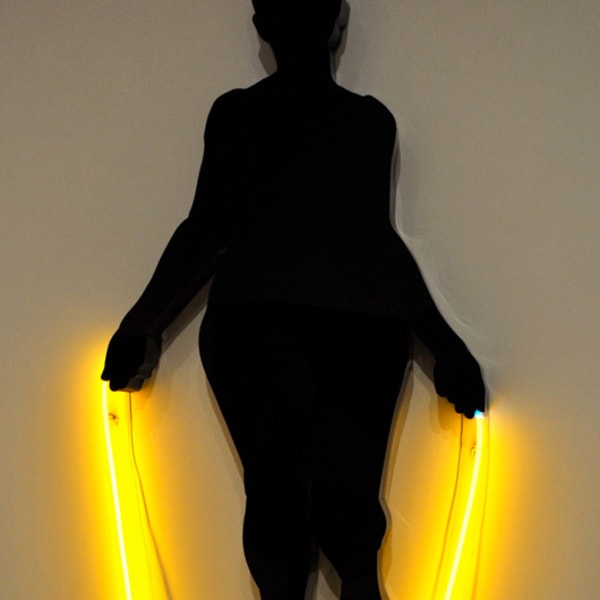
IDELLE WEBER (1932–2020)

Pop art icon Idelle Weber dies at 88

ARTnews in Brief: Hirshhorn Names Curator of Media and Performance Art—and More from March 30, 2020
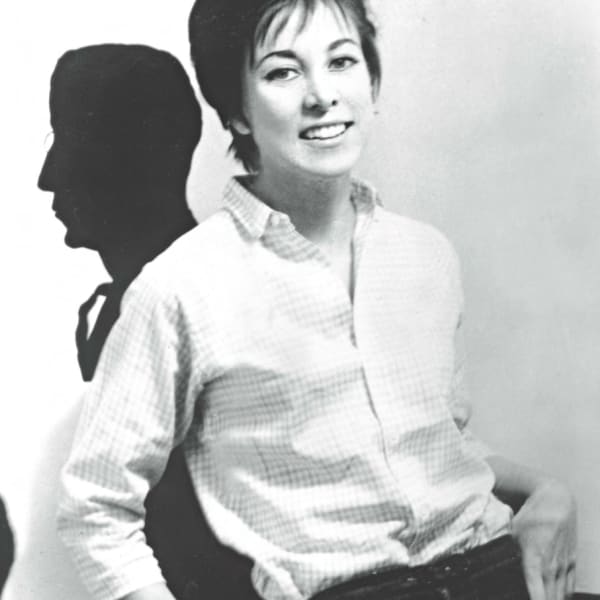
Idelle Weber, Pop-Art Icon, Remembered

Why Pop Art Was the First Queer Art Movement
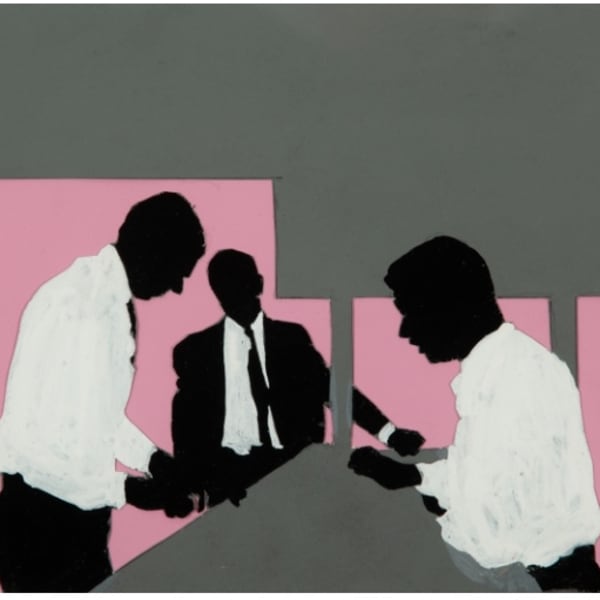
Lyrical Pop Art of Idelle Weber Bridges Two Eras
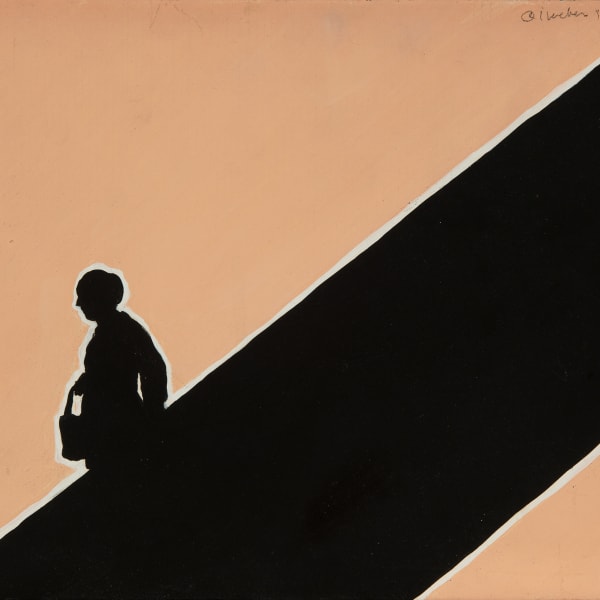
Gallery Beat

Editors’ Picks

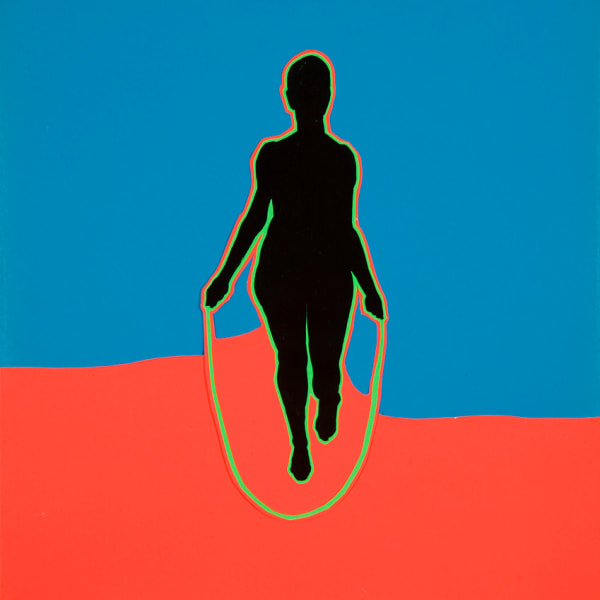
Idelle Weber

Booze, Food, Flesh Animate Artists in Manhattan Galleries

Idelle Weber: The Pop Years
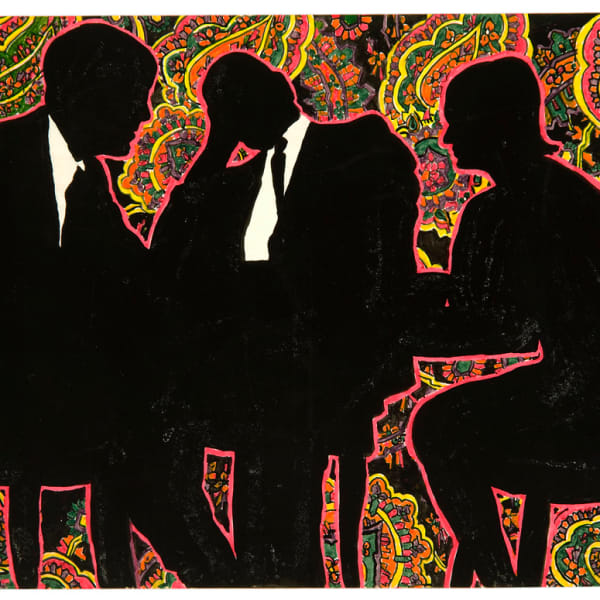
Idelle Weber

Gallery Hopping on Thursdays: March 28, 2013
Watch
Idelle Weber: Postures and Profiles from the 50s and 60s
Publications
1 / 5
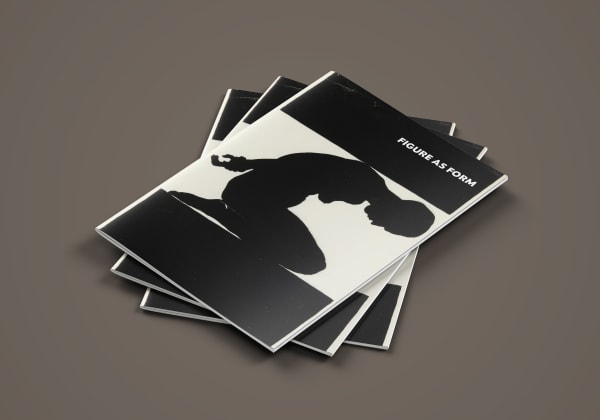
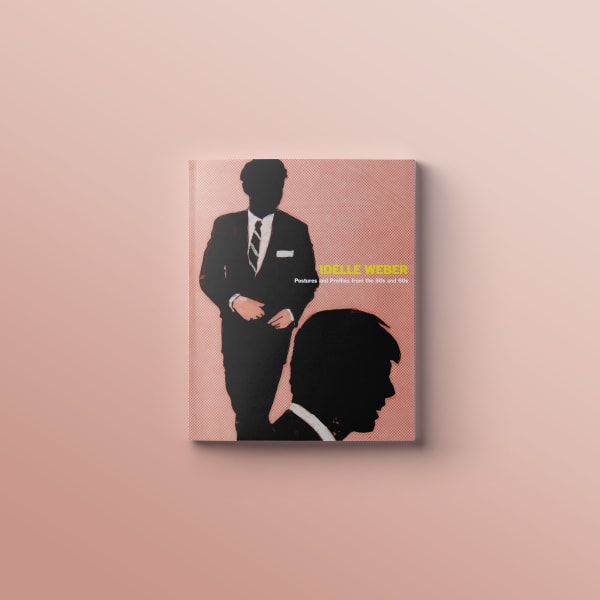

Idelle Weber
You may also like:

You may also like:
Theodoros Stamos

You may also like:
Allan D'Arcangelo
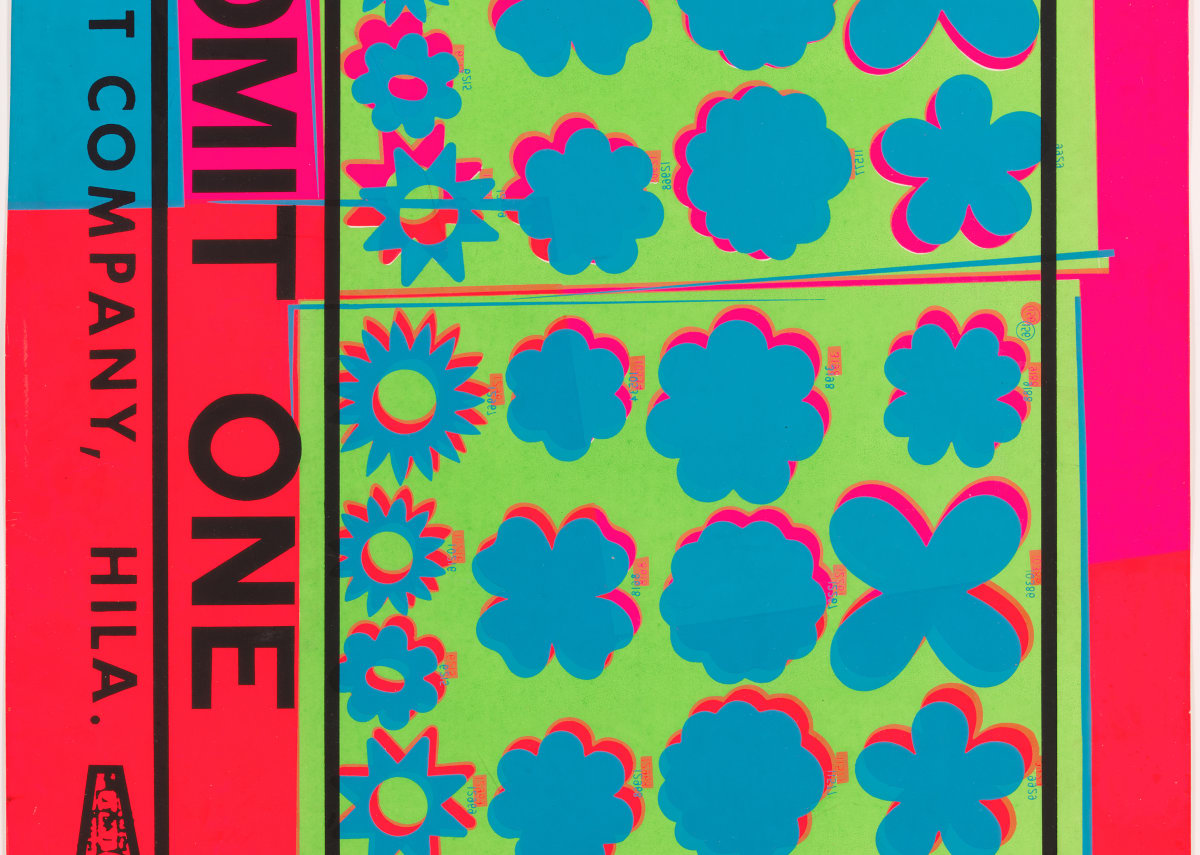
You may also like:
Andy Warhol
This website uses cookies
This site uses cookies to help make it more useful to you. Please contact us to find out more about our Cookie Policy.
